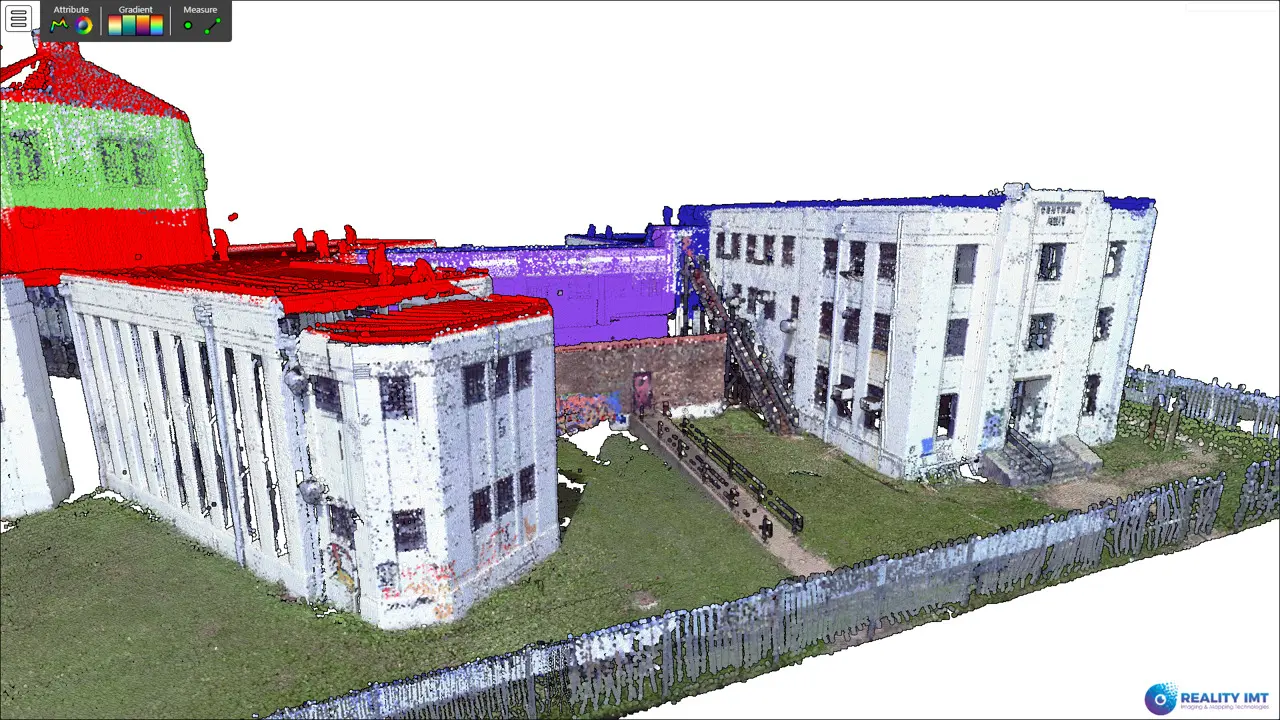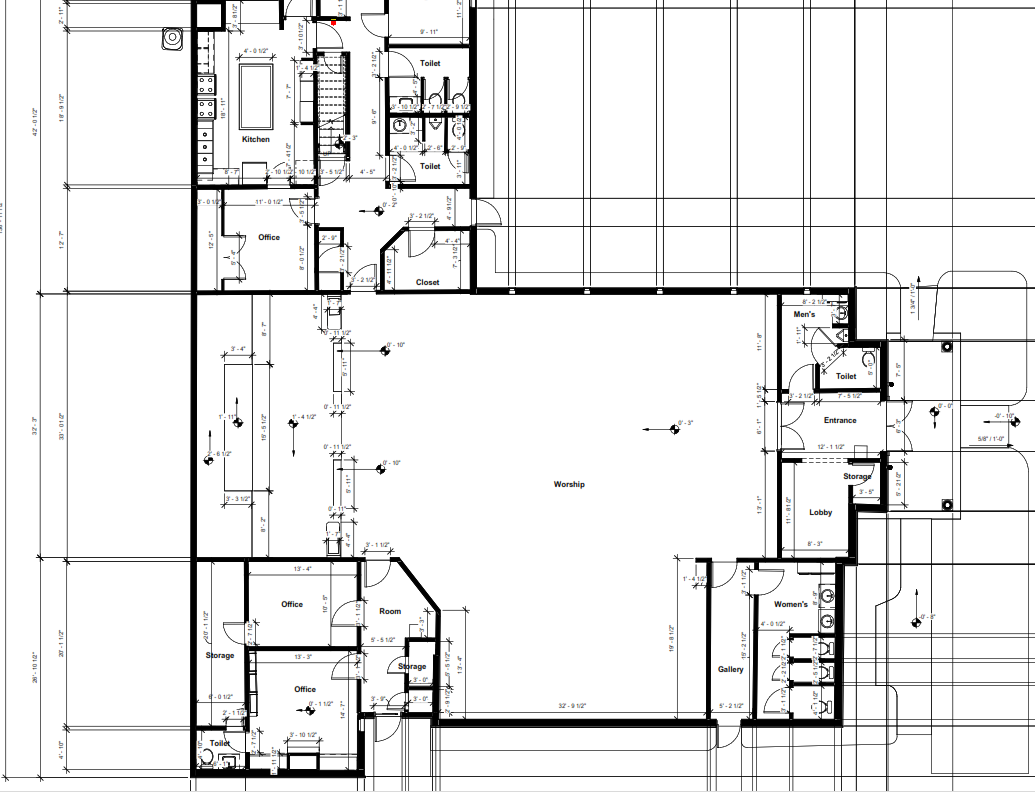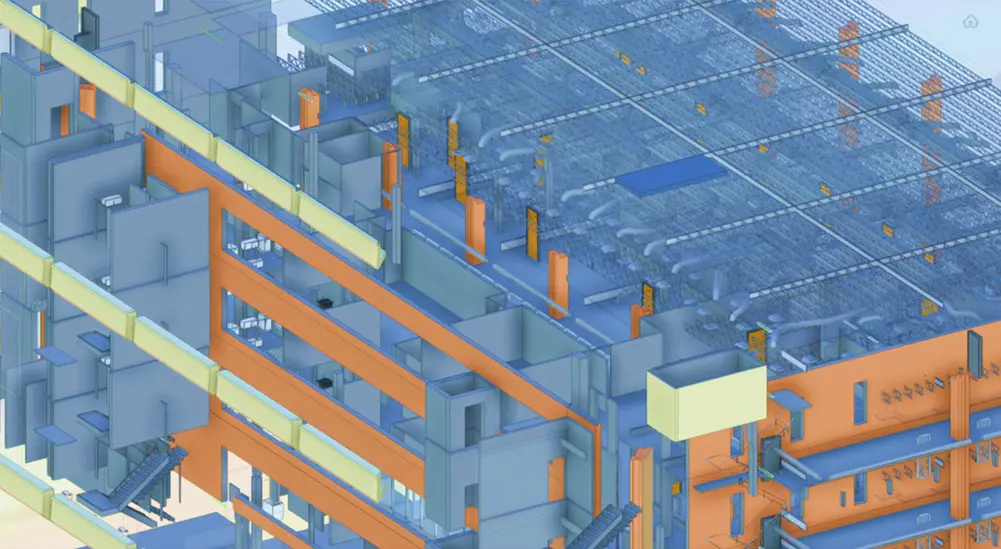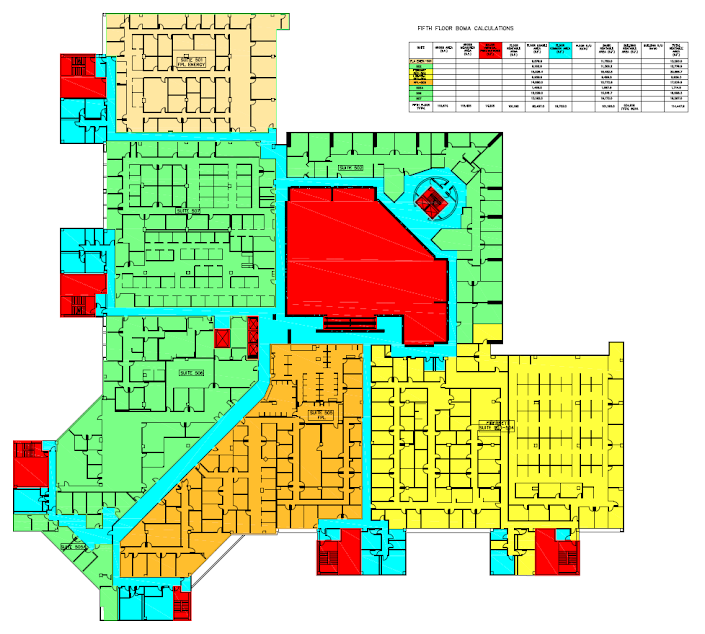The construction industry is always evolving, and new technological advances are changing the way that construction sites operate. One such advance that is changing the face of the industry is 3D scanning technology. This technology has enabled professionals in the construction industry to take accurate measurements, gather data, and create 3D models of buildings.
With 3D laser scanning, construction professionals can capture as-built conditions and document existing conditions with high accuracy. This information is essential for renovation and rehabilitation projects, which require a comprehensive understanding of the existing conditions of the building. In this blog post, we’ll discuss how 3D scanning is changing the construction industry, and we’ll explore some of the keywords that are commonly associated with this technology.
What is BIM in Construction?
Building Information Modeling (BIM) is a digital representation of the physical and functional characteristics of a building. BIM is essential for construction professionals to design, build, and operate buildings efficiently. It is a collaborative process that involves the creation of a 3D model of the building, which is used by architects, engineers, contractors, and other stakeholders.
BIM models can be used to simulate the performance of a building, analyze the structural integrity, and evaluate the energy efficiency. This information is used to make informed decisions about the design and construction process, reducing the risk of mistakes and delays.
What is As-Built in Construction?
As-built drawings are the drawings that document the actual construction of the building. They are created after the completion of the construction project and are used to verify that the building was constructed according to the design specifications. As-built drawings are important for construction professionals who want to understand the existing conditions of the building and make decisions about renovation and rehabilitation projects.
Construction Scanner
There are several types of 3D scanners that are used in the construction industry, each with its own unique features and capabilities. Some of the most popular 3D scanners for construction include laser scanners and photogrammetry scanners.
Laser scanners are used to capture precise measurements of buildings, structures, and environments. They are ideal for creating accurate 3D models of existing buildings, and can be used for applications such as quality control, as-built documentation, and progress monitoring.
Photogrammetry scanners use photographs to create 3D models of buildings and structures. They are ideal for creating high-resolution 3D models of complex structures and environments, and can be used for applications such as virtual reality, augmented reality, and site planning.
Conclusion
The use of 3D scanning technology is rapidly changing the construction industry. By taking accurate measurements and creating 3D models of buildings, construction professionals can make informed decisions about the design and construction process, reducing the risk of mistakes and delays. With the increasing demand for 3D scanning technology in the construction industry, it is clear that this technology will continue to be a game-changer for years to come.



